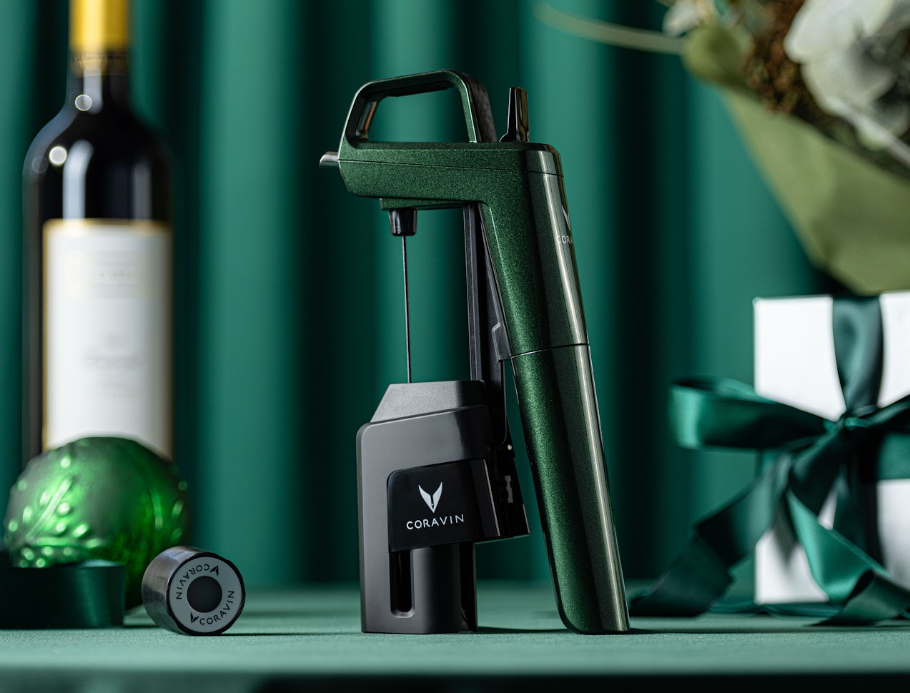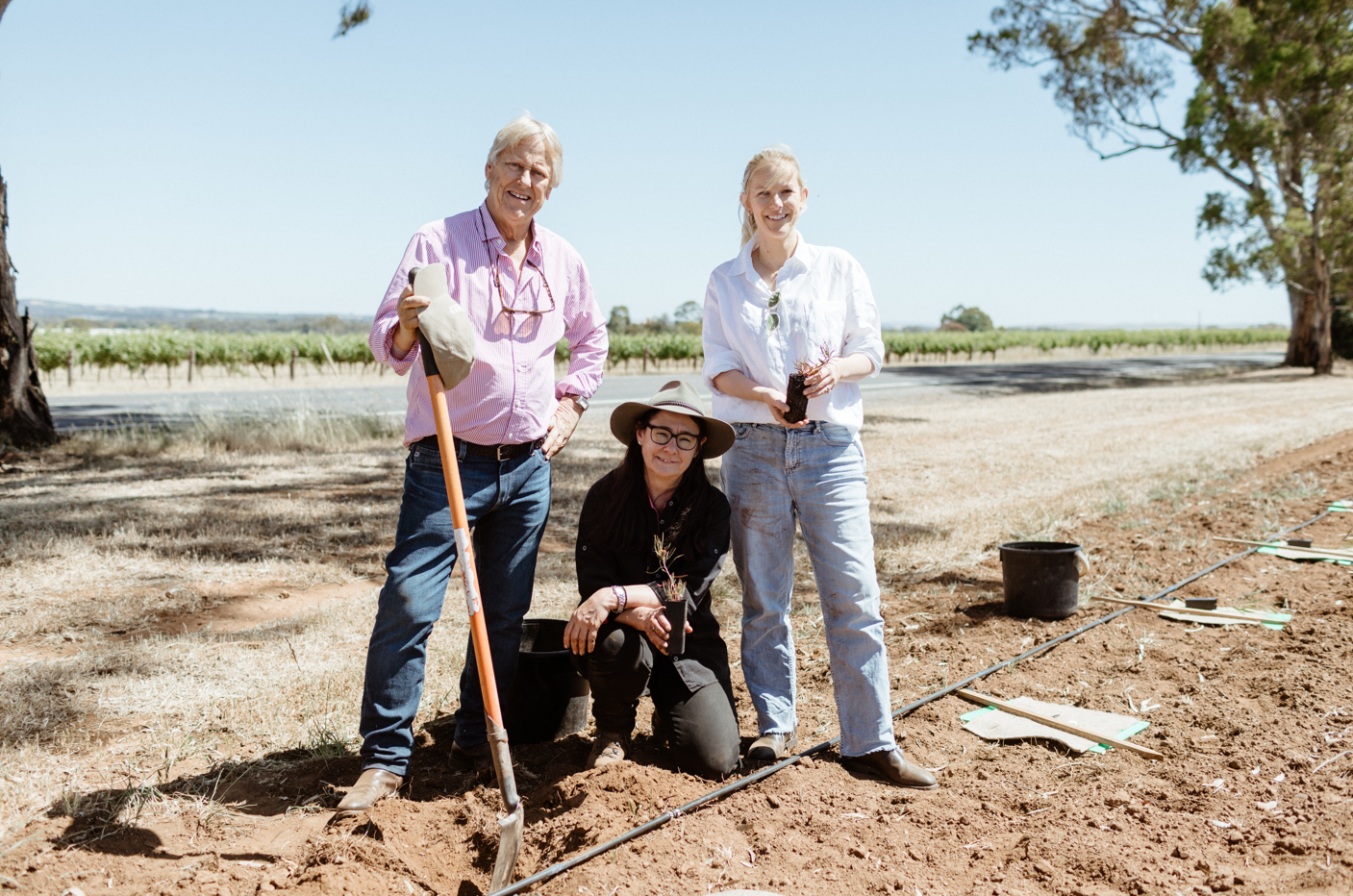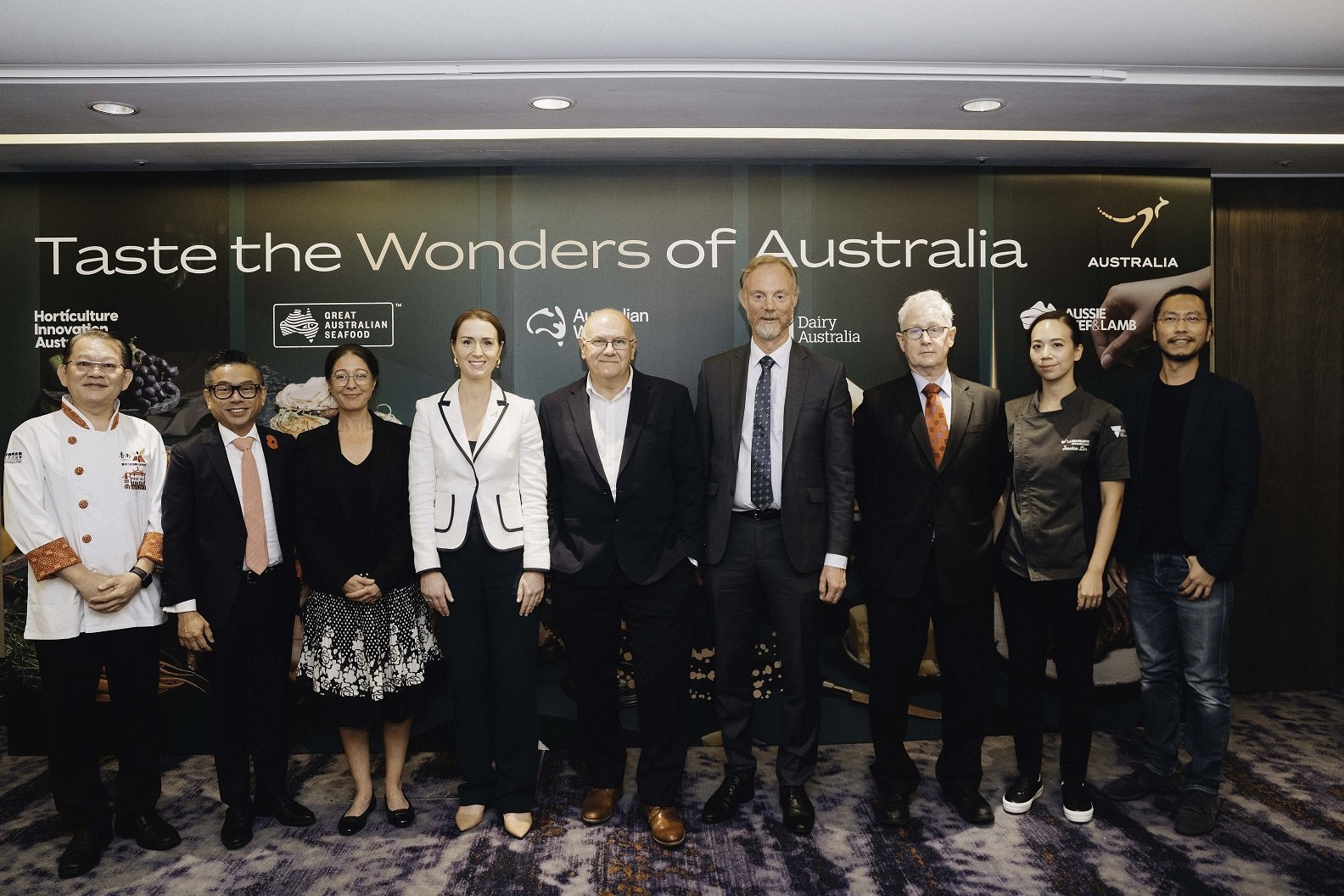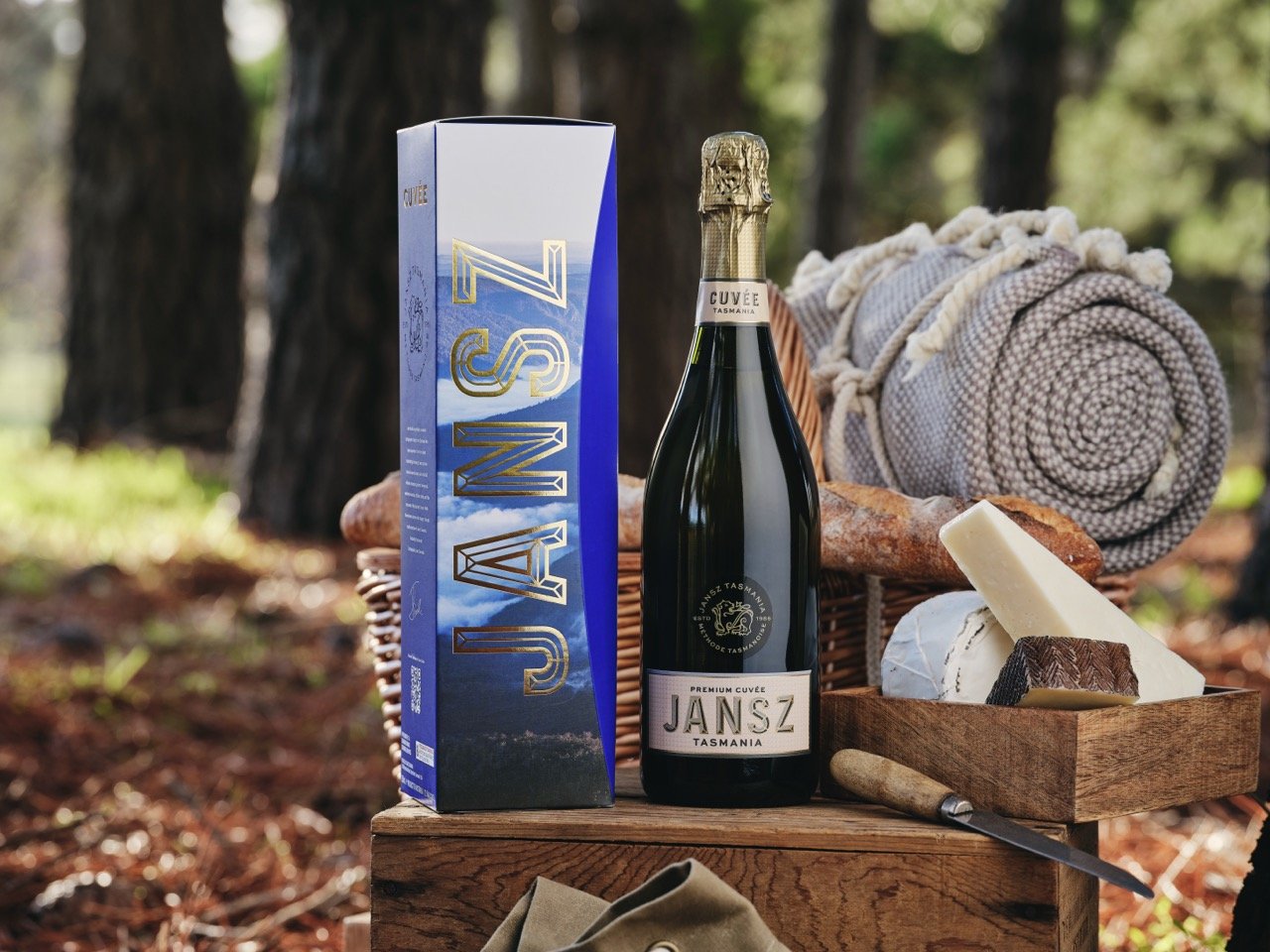By Ken Gargett, wine writer and expert
Pie and peas, Lillee and Marsh, the Woodies, toast and Vegemite, shiraz and cabernet, summer and the beach – all great Aussie combinations. This being a column devoted to wine, no prizes for guessing today’s topic, although we may blur the lines a smidge.
Yalumba, the ‘personification’ of the Barossa, is our oldest family winery, founded by current Chairman Robert Hill-Smith’s ancestor, Samuel Smith, back in 1849.
Through all manner of ups and downs, they have weathered turbulent times and done so much more for our wine industry than simply
A new wine, shrouded in secrecy, would be released. At one stage, the itinerary included both Coonawarra and Barossa, so even the most dimwitted among us twigged that a cabernet/shiraz blend was on the cards.
For a producer with such a long and fabled history, even though there are many ‘firsts’, many great wines and even famous ones (Sir Robert Menzies favourite wine, for example, from 1961 and still looking good), they do not have a wine that
As we moved closer to the big announcement (very Oscars-like), all manner of joy and wonder in a bottle was trotted out. If space permitted, I could reveal to you the pleasure to be had in tastings of different clones, in verticals of Menzies, Signature and Octavius, of sampling wines like the amazing 1939 Yalumba Special Claret and even some rarities made by Maurice O’Shea back in the forties.
If this were the Oscars, I'd probably name the wrong wine, but it is not and so, behold, Yalumba’s 2012 ‘The Caley’ ($350/bottle, with about 500 cases made).
The fruit, the best Yalumba has to offer, is 52
Nearly two years in French
In qualitative terms, there is no question that this wine sits comfortably alongside our aforementioned icons. A wine of great intensity and yet it dances across the palate. Finely balanced, supple, silky tannins, rich, darker fruit notes. Alluringly fragrant, it is a wine with a most promising future (for me, 97).
Why ‘The Caley’? Because it sounds better than ‘The Fred Smith’. Bear with me.
Fred Caley Smith was Samuel Smith’s grandson. Yalumba’s Jane Ferrari described him as the ‘Indiana Jones of horticulture’ and in March 1893, Fred, still in his twenties, left home on a 22-month grand tour (as both a Horticultural Commissioner and foreign correspondent for numerous newspapers).
Yalumba was both wine and fruit in those days and Fred sent thorough reports of how business was progressing as he made his way through India, the Suez, the Middle East, Spain and the UK before heading across to the USA and then home. He kept extensive diaries, and wrote detailed correspondences, but, times being less politically correct in those days, they are not for today’s sensibilities.
The wine is, however, a great tribute to an extraordinary man and should take its rightful place as one of our great wines. It may take a number of vintages to fully achieve that, but it is off to a flying start.
And blurring the combinations? Robert Hill-Smith, also a long-term cricket administrator, had invited two close friends to join us all for the event – the famous cricketing combination of Dennis Lillee and Rod Marsh. As much as we loved the wine, I suspect almost every single one of us was far more excited to be able to spend time with two of our childhood heroes. But the wine was good, too.
Share the content










